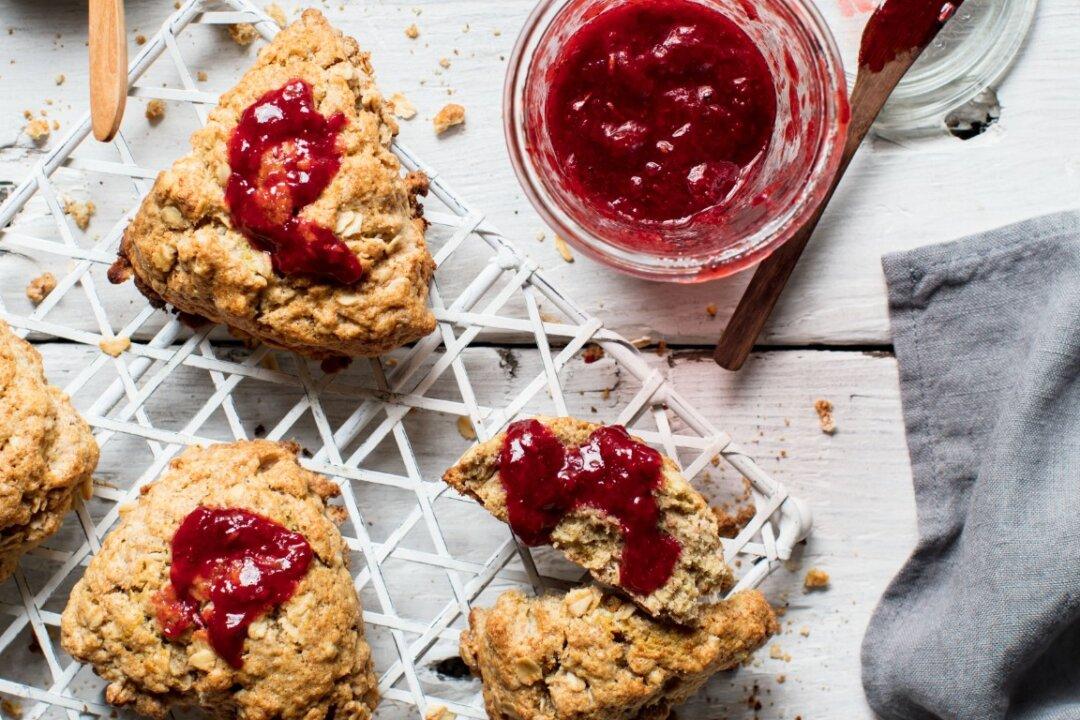When summer fruits come onto the scene, they come in waves: piles of pristine strawberries and nectar-sweet peaches, irresistibly ripe all at once and begging to be eaten. The last thing you want to do is waste a single sunshine-infused fruit.
Jams and preserves were made for this: to use up all that gorgeous peak-season bounty, and save it for a rainy day.






